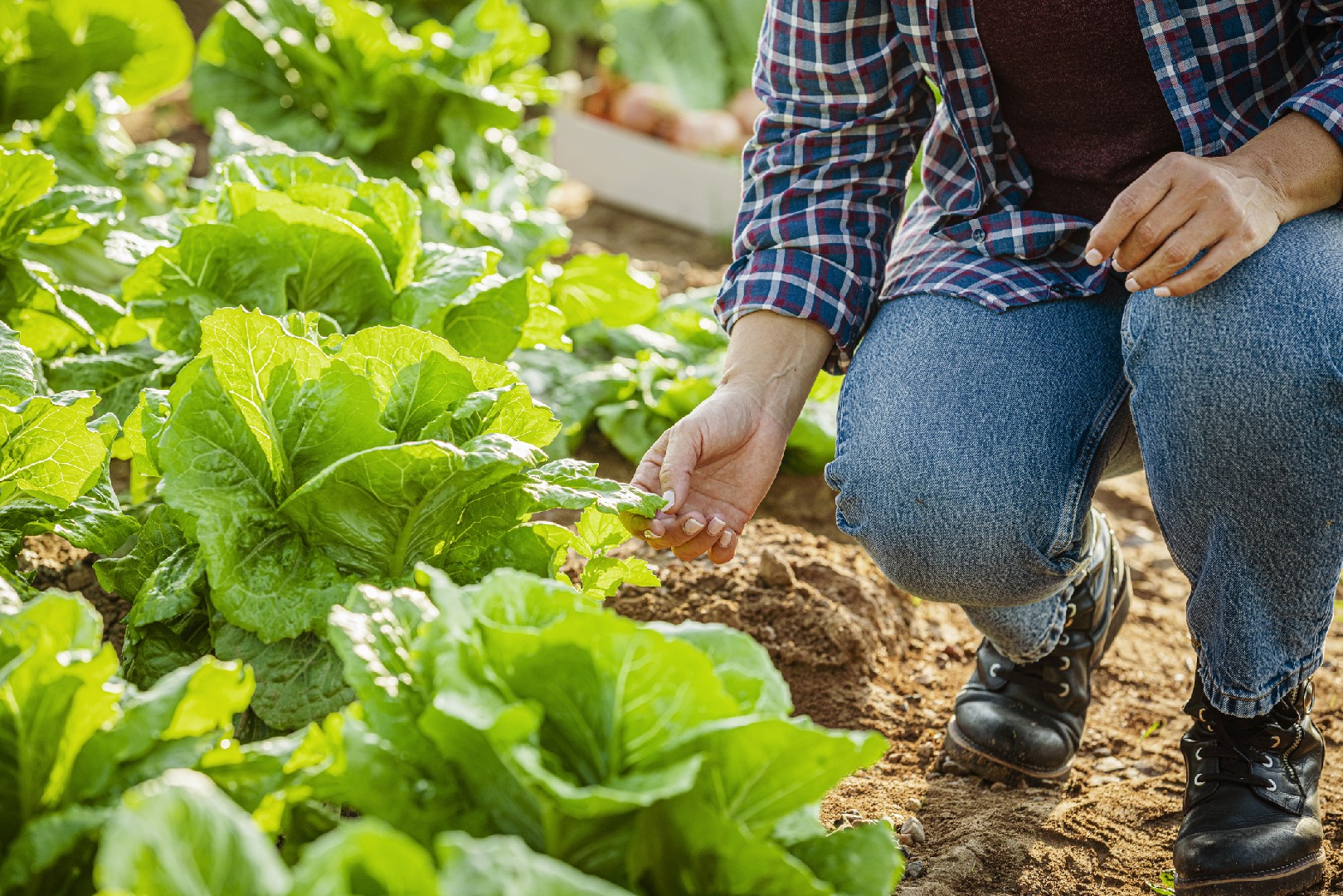![Rectangle]()
Specific Nutrient Deficiencies and Their Signs
In order to properly identify and address nutrient deficiencies in plants, it is crucial to understand the specific signs and symptoms associated with each deficiency. Different nutrients play different roles in plant growth and development, and their absence or imbalances can lead to a variety of visual cues.
One common nutrient deficiency is Nitrogen deficiency. Nitrogen is an essential element required for the synthesis of proteins, DNA, and chlorophyll. When plants lack sufficient nitrogen, they exhibit stunted growth, yellowing of leaves (chlorosis), and a general decline in overall health. To address this deficiency, applying a balanced nitrogen fertilizer can help replenish the nutrient levels in the soil and promote healthy plant growth.
Another important nutrient deficiency is Phosphorus deficiency. Phosphorus is essential for energy transfer and storage, cell division, and root development. When plants lack phosphorus, they display stunted growth, purplish leaves, and poor flowering or fruiting. Adding phosphorus-rich fertilizers, such as bone meal or rock phosphate, to the soil can help address this deficiency and improve plant growth.
Potassium deficiency is also a common problem in plants. Potassium is involved in many physiological processes, including water and nutrient transport, photosynthesis, and enzyme activation. Plants with potassium deficiency may exhibit yellowing and browning of leaf edges, wilting, and decreased resistance to diseases and pests. Applying potassium-rich fertilizers, such as potassium sulfate or potassium nitrate, can help correct this deficiency and enhance plant health.
It is important to note that nutrient deficiency symptoms can sometimes be confused with symptoms of nutrient excess. Therefore, it is crucial to properly diagnose the problem before taking any corrective measures. Conducting soil tests and observing plant symptoms carefully can help differentiate between nutrient deficiencies and excesses.
To further illustrate the effects of nutrient deficiencies, let's take a look at a real-world case study. In a study conducted on tomato plants, it was found that a potassium deficiency resulted in reduced fruit size and quality. The researchers remedied the deficiency by applying a potassium-rich fertilizer, leading to improvements in fruit size and overall plant health.
By understanding the signs and symptoms of specific nutrient deficiencies, gardeners and farmers can take appropriate actions to address the issues. Regular soil testing, proper fertilization, and observation of plant health can help prevent and correct nutrient deficiencies, ensuring optimal growth and productivity. Remember, healthy plants start with healthy nutrient levels!





